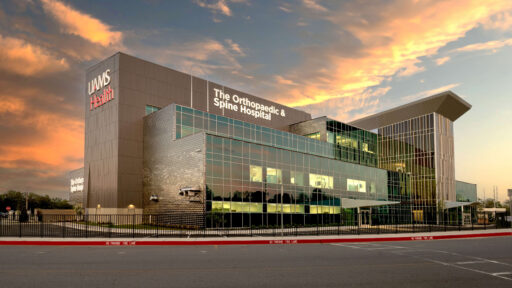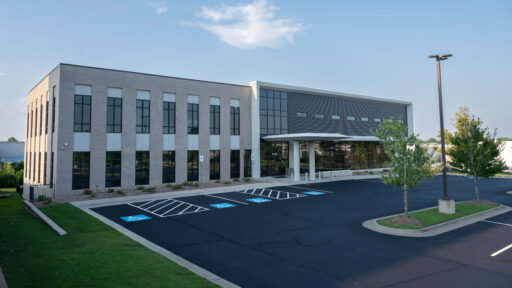Spinal stenosis is a narrowing around the spinal cord or spinal nerves. The spine is divided up into three sections which include the cervical, thoracic, and lumbar spine. When your lumbar nerves are compressed from stenosis, it can cause pain, numbness, or weakness in your legs. These symptoms are usually exaggerated when you are standing or moving.
Causes, Symptoms and Diagnosis
Causes of stenosis can include:
- Disc bulge
- Arthritis
- Thickening of the ligaments
- A congenital narrowing of the spinal canal at birth
Signs and symptoms:
- difficulty with balance
- increased clumsiness
- difficulty walking
- difficulty holding on to objects
- difficulty buttoning buttons or writing
- loss of bowel or bladder control
- Pain, numbness or weakness in your arms or legs
Diagnostic Tests:
- X-ray
- MRI
- CT with or without dye
- EMG
Myelopathy Related to Spinal Stenosis
If the spinal cord is compressed, myelopathy can occur and this can cause difficulty with balance and motor skills. Myelopathy is a very serious condition that, if left untreated, could result in paralysis or even death. Surgical evaluation is needed for cases of myelopathy.











